WE ARE EXCITED TO ANNOUNCE THE ADDITION OF A SENSORY ROOM AT OUR ST. CHARLES OFFICE LOCATION! BELOW IS INFORMATION DESCRIBING THE BENEFITS OF USING SENSORY EQUIPMENT AND WHY THIS IS AN IMPORTANT ADDITION TO OUR OFFICE
Pica & Associates is not an Occupational Therapist, the Sensory Room has been added as an adjunct to our traditional psychotherapy approach.
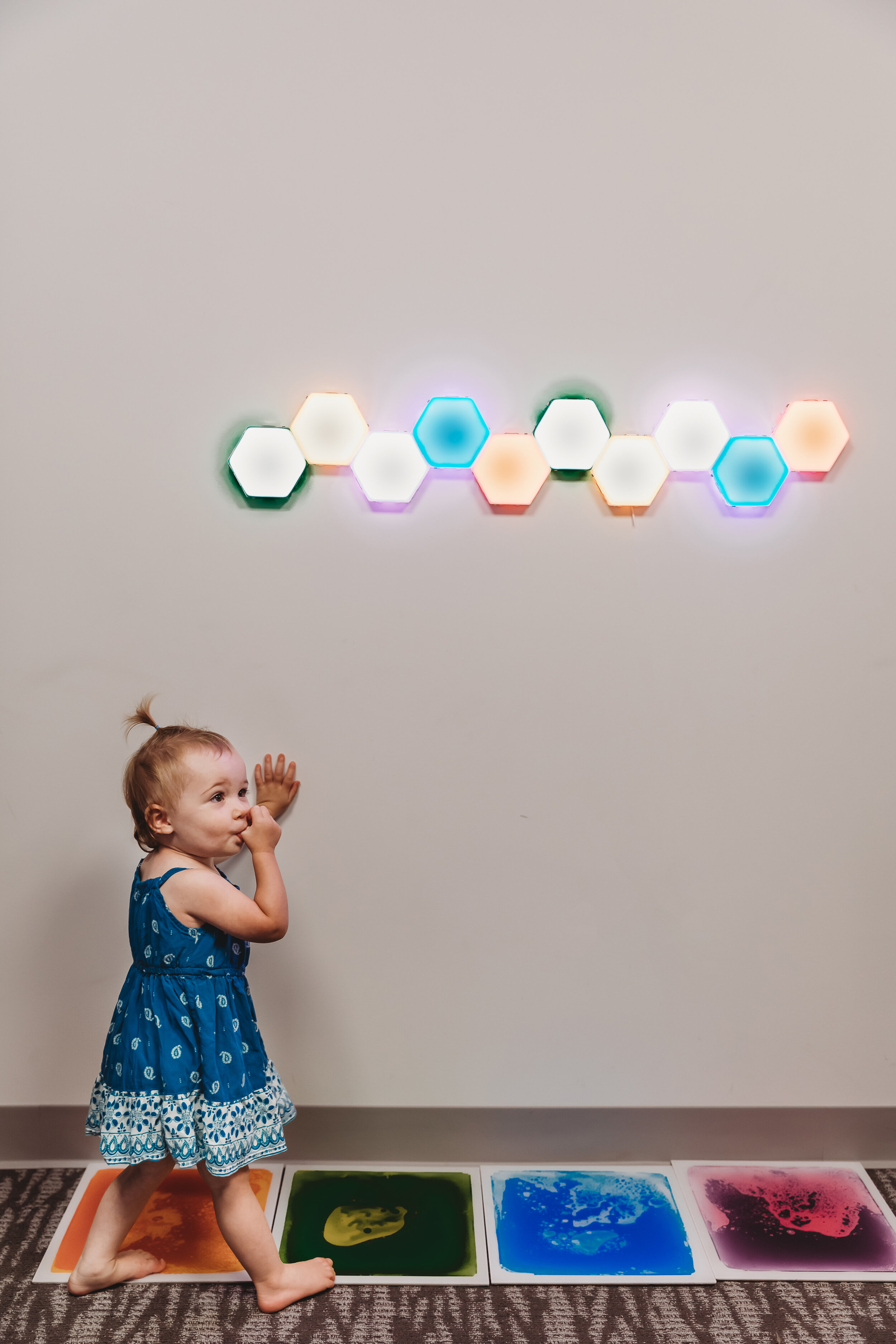

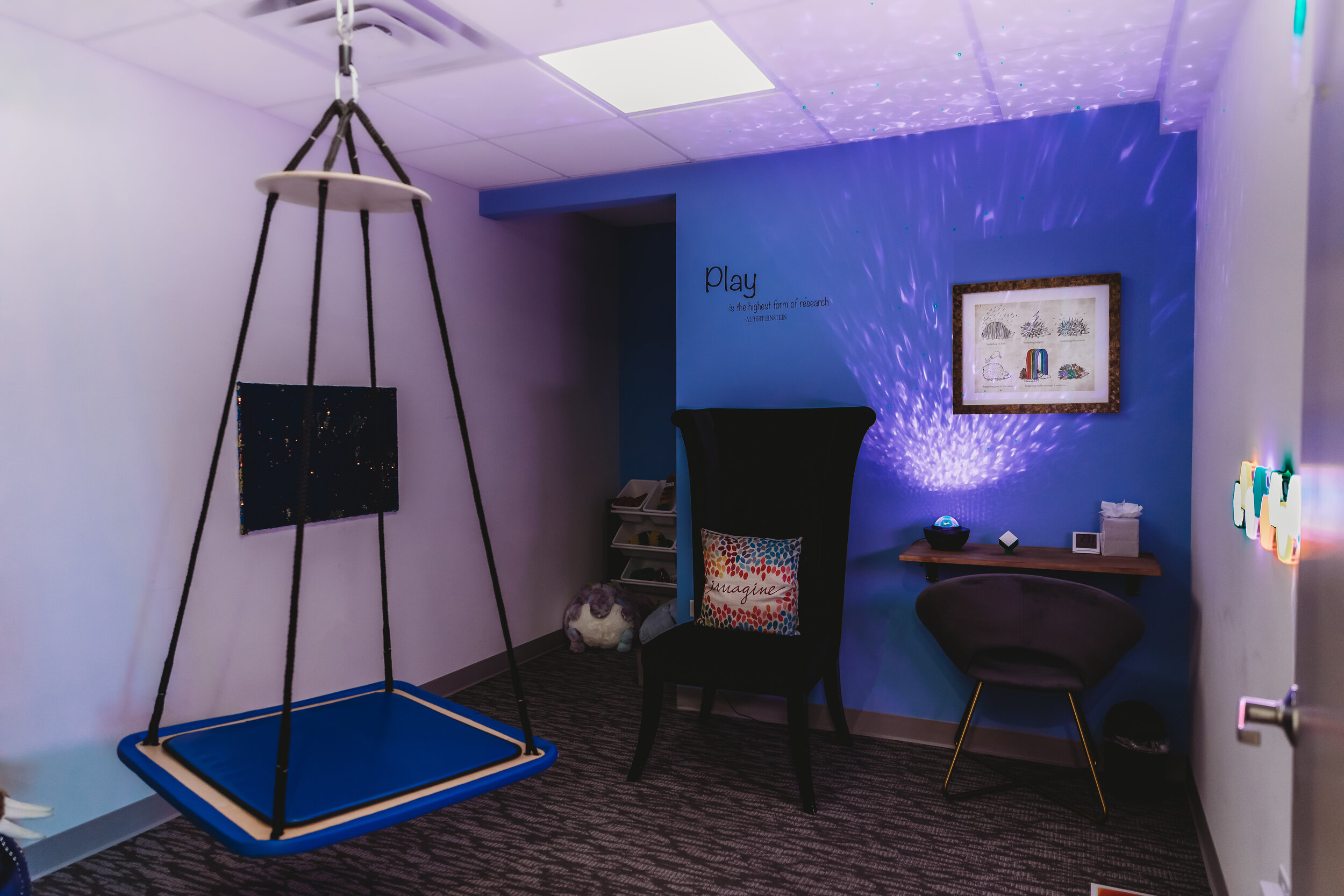
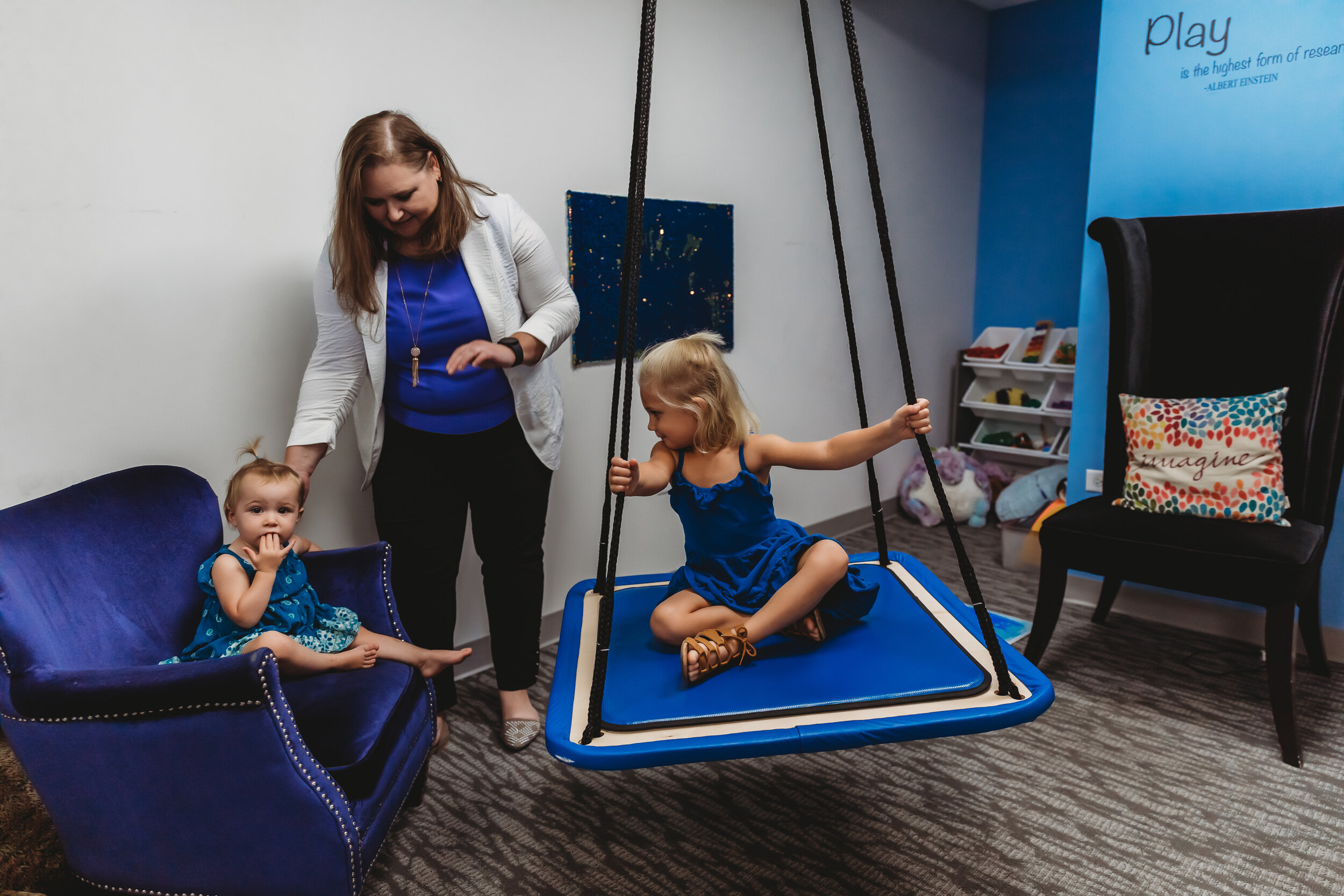
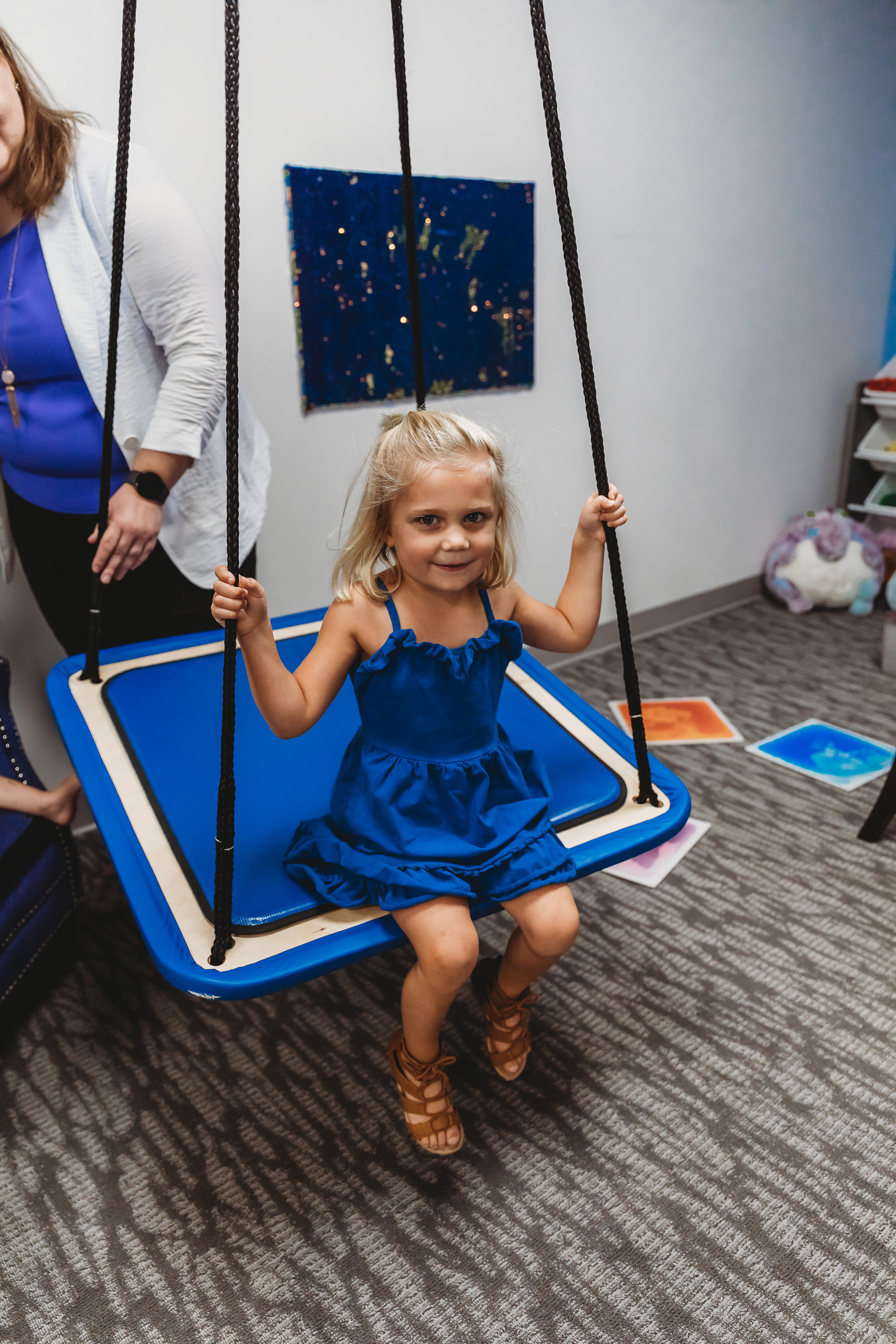
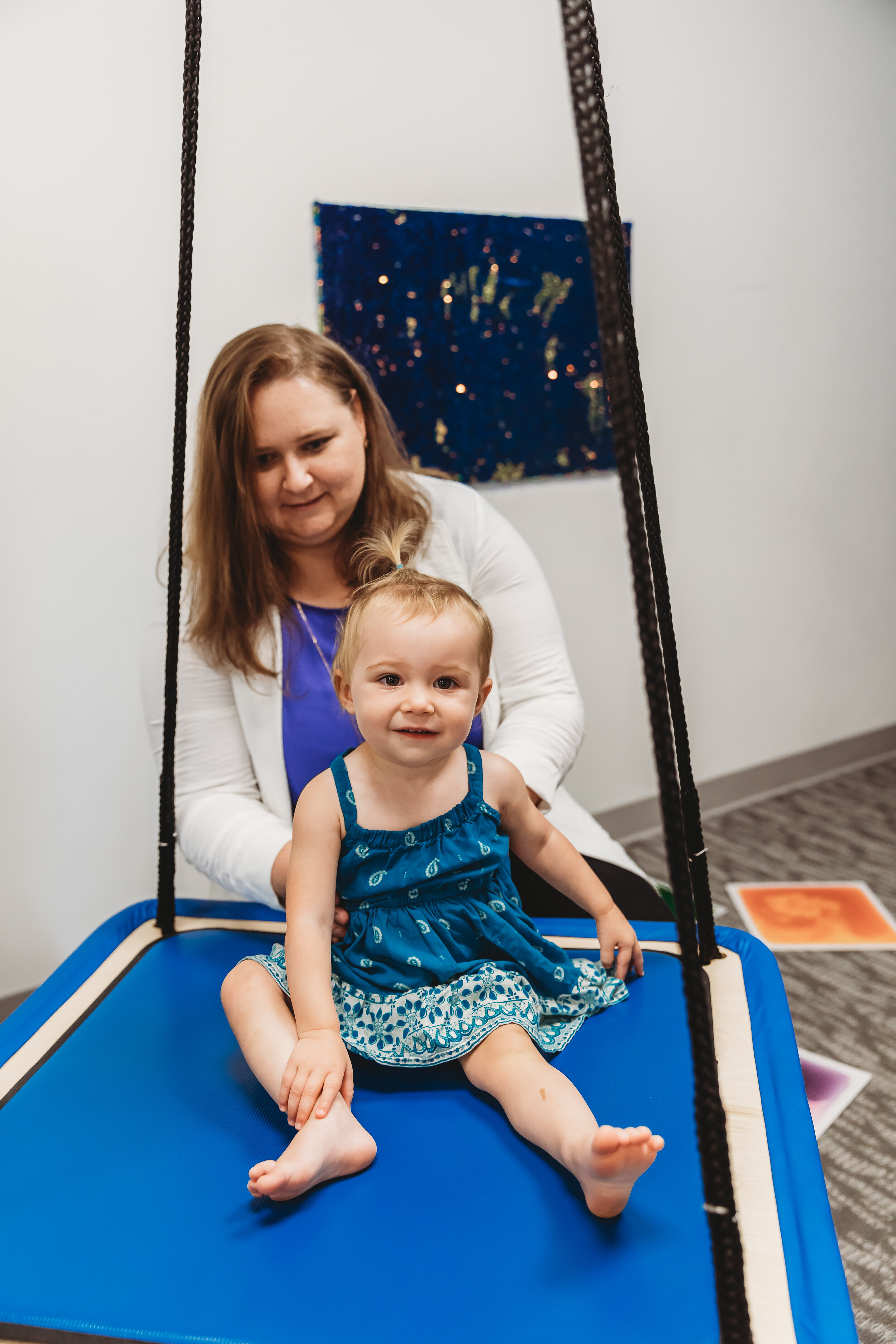
What is a Sensory Room?
A Sensory Room is a therapeutic space with a variety of equipment that provides patients with personalized sensory input and helping to improve sensory modulation. Sensory Rooms can help patients calm and focus themselves in such a way that they can be better prepared for learning and interacting with others, both in school settings or in daily activities or personal interactions with others.
What Patients Benefit from using a Sensory Room?
The Sensory Room is generally designed for children & adolescents, but can be used for teenagers and young adults as well. Stimulations and sensory processing modulations found in the Sensory Room can benefit those with ADHD, Autism, sensory modulation issues, or other social/emotional challenges.
What Equipment/Tools are used in the Sensory Room?
Our Sensory Room at Pica & Associates currently features the following:
∙Sequin Board (helps with touch sensory issues)
∙LED Light Dome (helps with visual stimulation)
∙Sensory Swing (helps with vestibular/motion modulation issues- waiver must be signed prior to use)
∙Other toys and games with a variety of shapes, colors, and textures for sensory stimulation
What Are Sensory Swings?
Our Sensory Room features a Vestibular (or Sensory) Swing, which is a suspended swing that provides movement that is necessary to satisfy a child/adolescent’s vestibular needs. Movement can be calming or excitatory depending on the type of movement experienced.
Additionally, Vestibular Swings are a powerful tool to help with a child/adolescent’s sensory modulation issues and to satisfy sensory needs to improve effectiveness and function in daily living tasks, in school settings, as well as emotionally and socially.
“Sensory modulation is the organization and regulation of sensory input through the central nervous system to enable skills and abilities such as attention, activity levels. This skill is an efficient, automatic, and effortless occurrence in those with typically developing individuals.
Problems with sensory modulation result in difficulty responding to and regulating sensory input. A child with sensory modulation disorder might withdrawal as a result of their responses. They may become upset by noises or sounds. They may become overly distracted or obsessed with specific stimuli.
Essentially, sensory modulation is the ability to take in sensory input, sort it, and respond to that input. Modulation results in function, alertness, awareness of self, and awareness of the world around oneself.”
Using tools such as the Sensory Swing, patients can receive the movement and vestibular stimulation needed to be able to focus and process through other issues.
What are the Rules for Using the Sensory Swing?
Use of the Vestibular Swing is only available under direct supervision of a trained therapist from Pica & Associates, and with the understanding that the child/adolescent will abide by the safety precautions and rules as posted by Pica & Associates.
In addition, it is required for a parent or guardian to grant permission through signing a waiver, before any child/adolescent patient is allowed to use the Vestibular Swing.
Below are the Sensory Swing rules, which are also posted inside of the Sensory Room:
SENSORY SWING RULES
All patients using the Sensory Swing must have a waiver (this form) signed by a parent or legal guardian.
The Sensory Swing can only be used during a scheduled therapy session, and only under the direct supervision of a trained therapist from Pica & Associates.
Patients may begin to use the swing when their therapist gives permission, and must get off the swing when the therapist indicates that their time is up.
No shoes can be worn on the swing.
Only one patient is allowed on the swing at a time.
Weight limit for the swing is 300 lbs.
No jumping onto, jumping while on, or jumping off of the swing.
No standing on the swing.
If at any time the movement of the swing becomes too forceful or subject to causing injury or damage to the patient or room, the supervising therapist may end swing usage for that session.
Failure to abide by these rules will result in suspension of swing privileges.
For questions about our Sensory Room, or to schedule an appointment or consultation, contact:
Tanya Gluzerman, PsyD, Clinical Director
(630) 549-6497 x 701, or by email: gluzerman@picaassoc.net
RESOURCES:
1. Sensory Swing for Modulation, The OT Toolbox
2. The Benefits of Sensory Rooms for Children with Autism and Social/Emotional Challenges, American School for the Deaf
3. Self Regulation, Kid Sense
4. How People With Special Needs Can Benefit From Sensory Rooms, Enabling Devices
5. Could a Sensory Room Help Your Child?, by Dr. Cara Koscinski, OTD, MOT, OTR/L


